Insadong Sagwanamu (인사동사과나무)
1.2Km 2021-03-29
24-1, Insadong 14-gil, Jongno-gu, Seoul
+82-2-722-5051
This is where you can dine on the outdoor terrace. This restaurant's signature menu is steak. This Western dishes restaurant is located in Jongno-gu, Seoul.
Ground Seesaw Seochon (그라운드시소 서촌)
1.2Km 2023-01-16
18-8, Jahamun-ro 6-gil, Jongno-gu, Séoul
Le complexe culturel Ground Seesaw se trouve à Seochon dans l'arrondissement de Jongno-gu, un endroit où l'histoire, l'art et la culture se rencontrent. Le lieu a été créé par Media N Art, une société de production d'expositions, et conçu par le cabinet d'architecture SoA et l'entreprise paysagiste Loci Studio. Nous vous invitons à découvrir Ground Seesaw pour découvrir une variété d'expositions.
Parc Sajik à Séoul (사직공원(서울))
1.2Km 2022-09-19
89, Sajik-ro, Jongno-gu, Seoul-si
+82-2-2148-2834
Le parc Sajik est l’un des trois parcs les plus populaires de Jongno-gu, avec le parc Tapgol et le parc Samcheong. Situé à l’Ouest du complexe du gouvernement central, au Sud-Est du mont Inwang, le parc possède la taille impressionnante de 188,710 m².
Le nom du parc remonte à 1395, lorsque Taejo Lee Sung-gye construisit le premier Sajikdan (autel dédié aux divinités d’Etat), avec en son centre, le sanctuaire Jongmyo (sanctuaire ancestral royal). « Sa » désigne la divinité de la terre, tandis que « jik » se réfère au dieu des cinq céréales. Des rituels pour obtenir une bonne récolte avaient lieu régulièrement au Sajikdan. Néanmoins, le site n’a pas été reconnu officiellement comme parc jusqu’en 1922, lors de la période coloniale japonaise.
Dans le parc, on trouve plusieurs terrains de jeux, des statues de Sin Saimdang, Hwanghakjeong et Yi I (souvent mentionné sous son nom de plum « Yulgok »), ainsi que la bibliothèque municipale des enfants. Le sanctuaire de Dangun et la bibliothèque de Jongno se trouvent à proximité. En suivant le sentier près du parc Sajik pendant environ 5 minutes, les visiteurs peuvent atteindre le parcours de randonnée du mont Inwang relativement facilement.
Honbap Star (서촌막회센타)
1.2Km 2021-03-24
49, Jahamun-ro 1-gil, Jongno-gu, Seoul
+82-10-9018-6349
This is a raw fish restaurant known for its cost-effectiveness. This Korean dishes restaurant is located in Jongno-gu, Seoul. The representative menu is sliced raw small fish.
Tosokchon Samgyetang (토속촌삼계탕)
1.2Km 2021-03-24
5, Jahamun-ro 5-gil, Jongno-gu, Seoul
+82-2-737-7444
Located near Gyeongbokgung Station, the restaurant was also frequented by late President Roh Moo-hyun. It produces their ingredients like Tojongdak (Korean chicken), 4-years ginseng, chest nut, jujube, garlics, ginger, adlay, perilla seeds, pumpkin seeds, sunflower seed, nuts, pine nut, black sesame, and etc.
Even though one has to wait to enter during lunch time, do not worry about long wait as the restaurant is spacious. Besides Samgyetang (ginseng chicken soup), it serves Ogol-samgyetang, otdak, pajeon (green onion pancake), Rotisserie chicken, and other menus.
Institut des Poupées Dackjongyi de Choi Gi Soon (최기순 닥종이인형 연구소)
1.2Km 2015-12-15
41-102, Sagan-dong, Jongno-gu, Seoul-si
+82-2-576-6723
L’institut des Poupées Dackjongyi de Choi Gi Soon fabrique et expose des poupées Dackjongyi (poupées coréennes traditionnelles). Les poupées sont faites de papier spécial fabriqué à partir de bois de mûrier. Les poupées exhalent naturellement un parfum unique qui réconforte les visiteurs. Cette galerie douilllette présente des poupées traditionnelles coréennes d’hier et d’aujourd’hui. Les visiteurs peuvent observer et participer à un cours d’artisanat. Les poupées peuvent être prêtées pour des expositions, achetées ou personnalisées sur demande.
Galerie Simon (갤러리 시몬)
1.2Km 2021-02-16
20, Jahamun-ro 6-gil, Jongno-gu, Seoul-si
+82-2-549-3031
Depuis son ouverture en avril 1994, la Galerie Simon a organisé exclusivement des expositions planifiées basées sur invitation. Il s’agit d’expositions de travaux d’artistes expérimentés ainsi que d’artistes en herbe.
Jirisan Restaurant (지리산)
1.2Km 2019-08-01
30, Insadong 14-gil, Jongno-gu, Seoul
+82-2-723-4696
Jirisan is one of the representative Korean restaurants in Insa-dong, an area known for its traditional culture. One of the trademarks of this restaurant, besides its amazingly delectable bean and tofu dishes, is a wooden sign that welcome guests into a neat and cozy interior.
Each day, fresh beans are ground at the restaurant to prepare dishes such as soybean paste, soft tofu, and bean-curd tofu stew. Bean-curds are prepared by using seawater, which gives the tofu a unique flavor. The fresh and clean taste of the tofu is one of the many reasons that choosey tofu aficionados flock to the restaurant.
Not just limited to tofu, Jirisan presents customers with a full-range of side dishes such as kimchi, japchae (glass noodles with sautéed vegetables), cucumber kimchi, seasoned seaweed, braised lotus roots, roasted yellow corbinas (a type of fish), leafy greens, bean-curd stew, and more. The restaurant gives visitors a chance to experience a hearty traditional Korean-style meal, but has thoughtfully toned down its seasonings to appeal to a wider audience (particularly those not used to spicy foods).
One of the recommended menu items is the Jirisan set meal, which offers diners the chance to sample foods that are popular in the Jirisan region. Adventurous diners may want to try the sea urchin soup or dried Pollack soup.
The restaurant, originally a traditional Korean house, has been modified over the years to better suit the needs of its customers. The walls surrounding the structure were removed and a glass ceiling was installed to allow guests to enjoy the natural light of the sun as they sample some of the area’s best traditional Korean cuisine.
Magasins d'instruements Nakwon Sangga 낙원 악기상가
1.2Km 2018-07-03
Seoul, Jongno-gu, Samildae-ro 428
02-743-6131
Les magasins d'instruments 'Nakwon Sangga', situés près du quartier traditionnel d'Insadong, ont vu le jour dans les années 1970. Il s'agit d'une grande surface spécialisée dans la vente d'instruments, de partitions, d'équipements audio etc où les clients peuvent recevoir les conseils d'expert. Il s'agit d'une des plus grandes surfaces du genre dans le monde. On peut y trouver de nombreux magasins de guitares, toutes sortes d'instruments à cordes, des batteries, des amplis, des effets etc. La surface propose aussi des instruments d'occasion et des services de réparation.
Gimjinmoksam (김진목삼)
1.2Km 2021-03-23
51, Jahamun-ro, 1-gil, Jongno-gu, Seoul
+82-2-929-2929
This is a place where the staff directly grills pork that has been certified by Handon. This Korean dishes restaurant is located in Jongno-gu, Seoul. The representative menu is grilled pork shoulder.
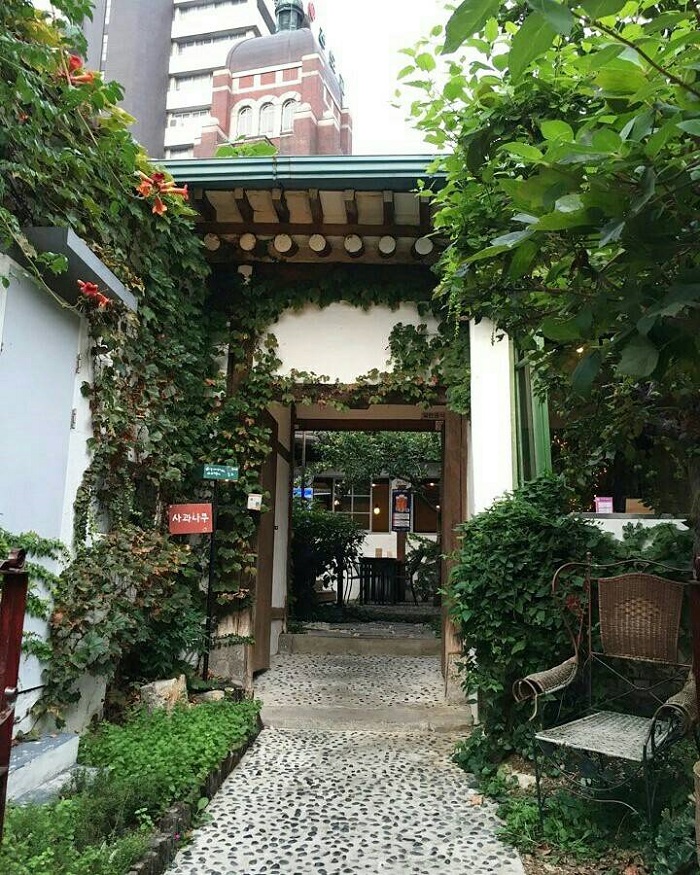

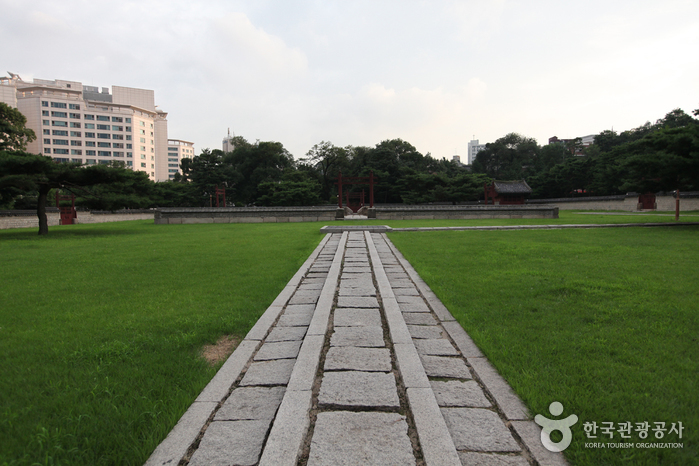
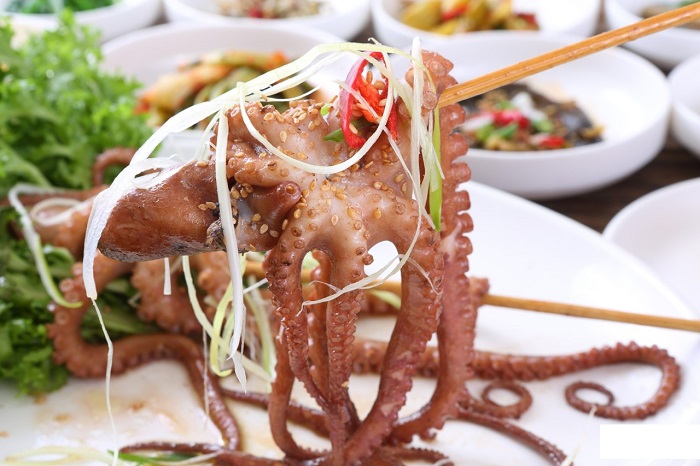
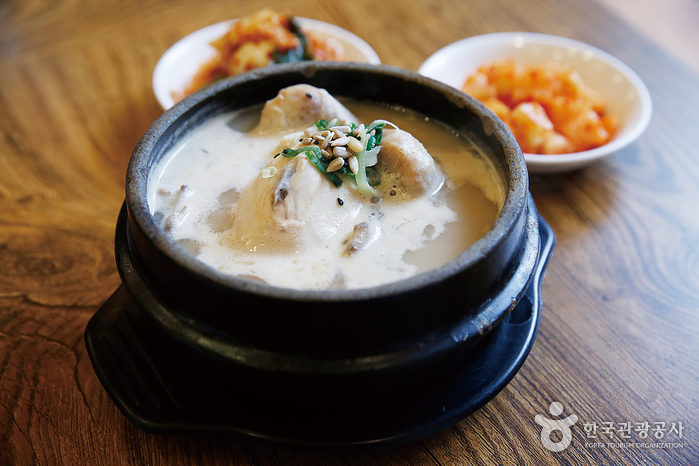
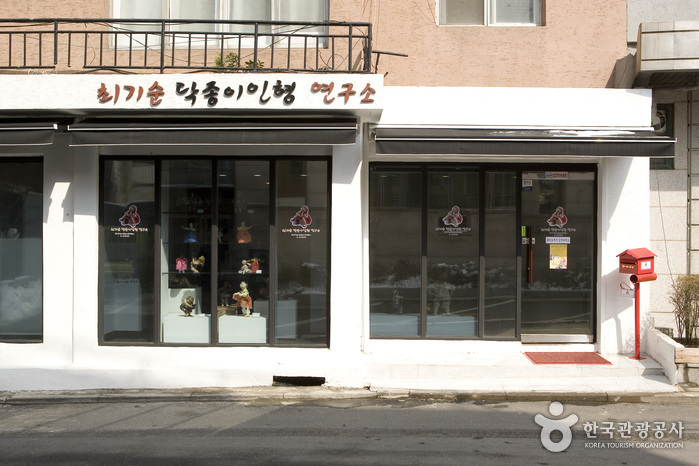
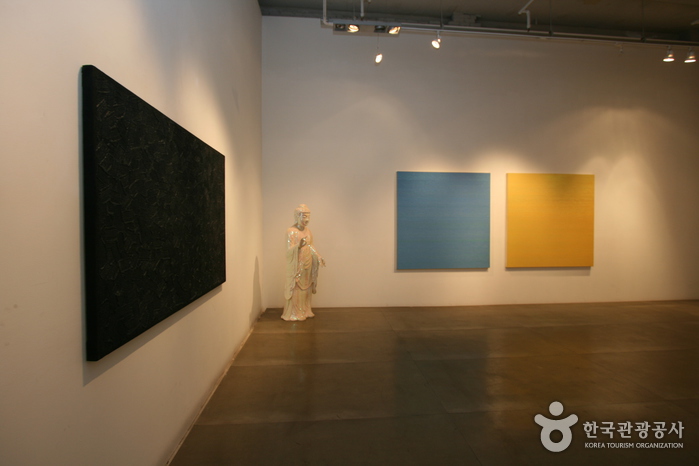
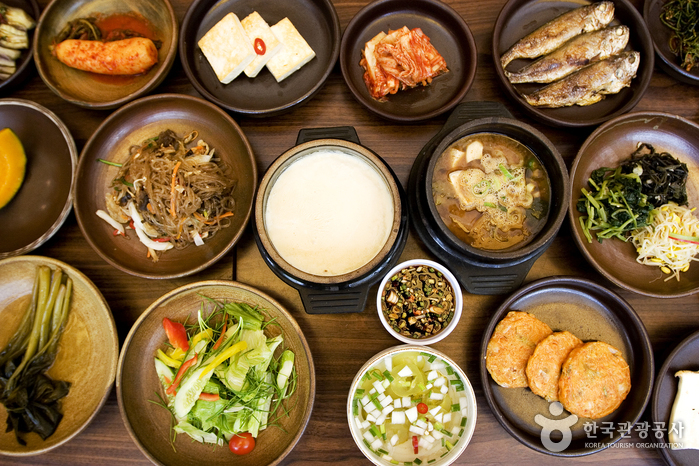
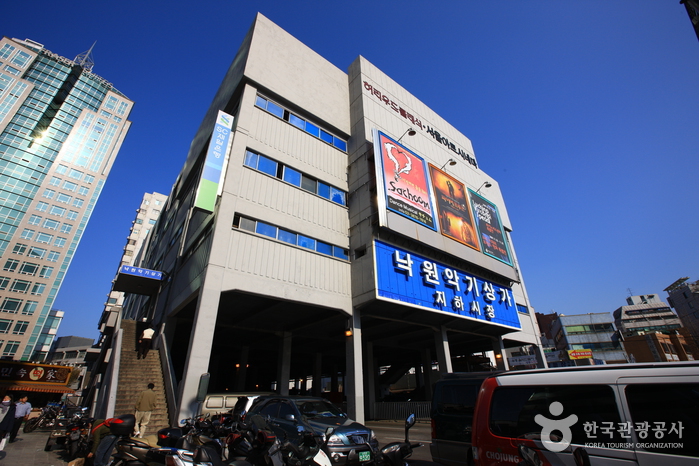
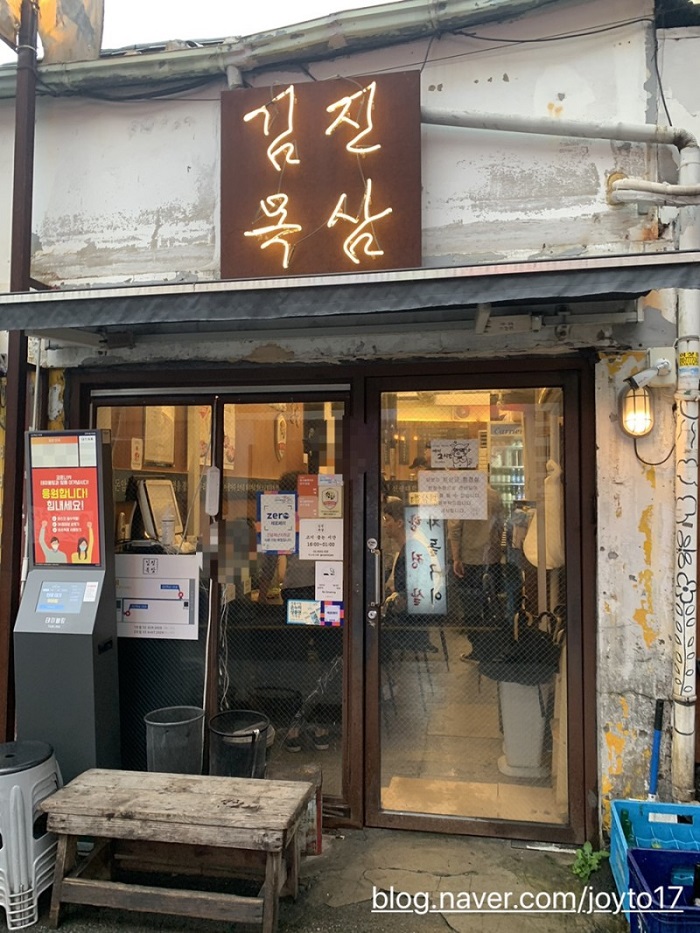
 Français
Français
 한국어
한국어 English
English 日本語
日本語 中文(简体)
中文(简体) Deutsch
Deutsch Español
Español Русский
Русский